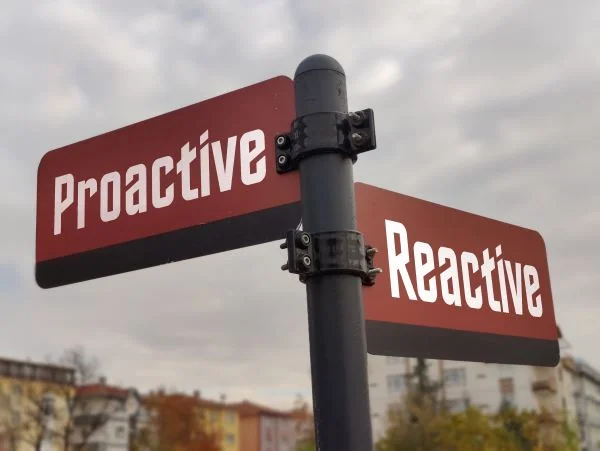Any industry can accumulate tech debt in today’s rapidly digitizing world. As organizations strive to meet mounting customer expectations, new mobile applications improve customer service while, at times, sacrificing stability. For example, in finance, powerful legacy systems running the back office are often at odds with the latest, heavy investment in mobile, customer-focused platforms.
I define tech debt as the gap between the investment in new customer focused functionality and the infrastructure needed to support it. To meet continually increasing customer expectations expands the amount of tech debt in many industries, including financial services. Over time, the size of the gap, can reach precarious levels.
To control costs and still meet mounting customer expectations—despite growing tech debt—is a challenge that must be acknowledged and acted on. This begins by taking a step back to understand the existing IT landscape. Without requiring another updated, customer-facing, mobile investment, an initiative to understand the existing landscape and communicate it effectively is actually a powerful endeavor that improves customer satisfaction: it can dramatically minimize the effects of tech debt by improving stability and accelerating problem solving.
It is imperative to know where you stand now—understanding what sits on which server, is critical if a problem arises. ITSM must understand the landscape, data models and architecture to maintain stability and respond quickly to customer issues.
Unfortunately, this is an ever-changing landscape, transforming on a daily or hourly basis. Changes are being made, security patches installed, while day-to-day tasks are driving systems. The configuration management database is never 100% up-to-date, but it still needs discipline, effective communication and appropriate tools.
Clarifying organizational responsibilities and good communication are practical, affordable approaches to minimizing the effects of tech debt. When an issue occurs, too often there is a lack of understanding of who owns which application and which process, and who should take action. For example, in many organizations, time is wasted when a legacy system requires work-arounds while funding for a new one is under review. Even when a new system is implemented, the legacy system often continues to exist, creating unnecessary redundancies. Good communication around scheduling, problem remediation and well-defined responsibilities will bring clarity during times of transition.
No one individual or team can possibly know everything about all the organization’s systems. For effective issue resolution, organizations must define who owns the infrastructure/applications, who needs to be involved, and how that architecture supports workflows. At an enterprise level the ability of ITSM to achieve greater IT stability is predicated on the organization’s investment in ensuring the landscape is mapped and understood.
As improvements are made to existing system designs, tech debt will decrease. Tech debt is inescapable and necessary for efficient improvement of IT systems over time. But by clarifying the existing landscape, now and going forward, organizations can minimize the negative effects of tech debt, control costs and improve stability in today’s dynamic IT landscape.
To learn more download: How Financial Services Firms Are Eliminating Tech Debt
David Frank, Business Development Manager for North America, Kepner-Tregoe, Inc., consults with financial services firms in the areas of ITSM, organizational effectiveness and change management drawing on years of experience working in the financial services industry. Contact him at [email protected].
About Kepner-Tregoe
Kepner-Tregoe has been the industry leader in problem-solving and service-excellence processes for more than 60 years. The experts at KT have helped companies raise their level of incident- and problem-management performance through tools, training and consulting – leading to highly effective service-management teams ready to respond to your company’s most critical issues.



